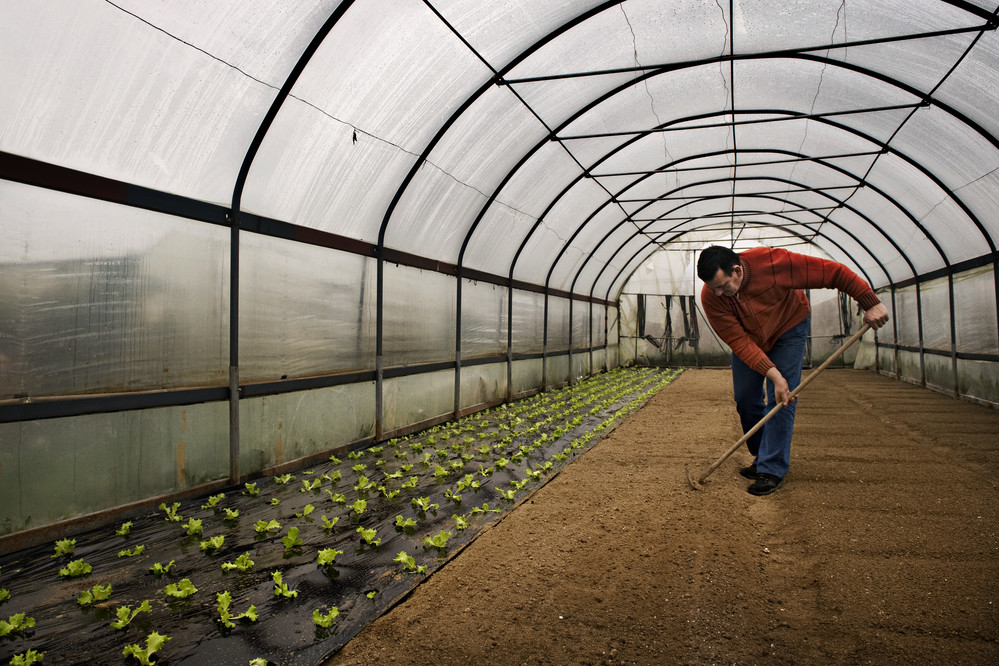Progress towards the achievement of this agricultural potential continues to be slow. Our continent is still a net food importer, spending some $35 billion on food imports every year, which is projected to increase to $110 billion by 2025. The reasons for this are also well understood. Our farmers have limited access to, inputs and knowledge on efficient, sustainable farming practices. Machinery and more modern technologies have yet to be widely adopted. Infrastructure is still insufficient to enable effective storage, transportation and export of goods, rendering imports cheaper. We are not processing our food on the continent, meaning we export raw materials and import them once they have been processed elsewhere. Political and policy volatility deter investment. Commodity value chains are often disjointed and fragmented. The list of obstacles is long, but it is understood and many of these issues are being addressed by Grow Africa partners.
One of the core challenges, and a big part of the solution to transforming Africa’s agriculture, is access to finance. The agriculture sector is still considered largely too high-risk for commercial lenders, meaning that farmers are unable to access finance for inputs or to manage cash flow, and as a result, often sell to the nearest available buyer. This also often requires the farmer to renege on a contractual agreement with a buyer, which generates further mistrust in the value chain – another key obstacle to well-functioning agricultural value chains.
Many solutions have been sought to address the need for transformation in Africa’s agriculture sector, either through piecemeal approaches to specific issues, or through far-reaching, sector-wide programmes. Public-private partnerships and multi-stakeholder platforms have received rightful attention as key to the development meaningful solutions. Many of the varied approaches that have been explored in recent years have focused on increasing productivity and supply. While this is of course a key piece of the puzzle, we have also begun to realise that what is needed is in fact systemic change, with a focus on demand before supply.
Pursuing such a market-led approach to agricultural development requires a number of success factors to be in place. Buyers must be prepared to commit to investing in long-term relationships with farmers. This requires a reduction in the supply chain risk in order to be incentivised to do so. In order to reduce this risk, we need government and the private sector to work together to address constraints in the enabling environment, focused on specific commodity value chains rather than sector-wide approaches, and in alignment with the National Agricultural Investment Plans to ensure buy-in and relevance. A risk-sharing approach to financing is also required, which can be achieved by leveraging partnerships to stimulate commercial lending with public and donor funding used as risk capital. Successful examples of this approach exist, but they need to be scaled out much more broadly, particularly in order to better support SMEs in the agribusiness sector.
Grow Africa has been active in supporting such blended finance initiatives through its Finance Working Group, including the Farm to Market Alliance, with which the Finance Working Group is helping to develop donor-backed risk mitigation funds, and the Lending for African Farming Company (LAFCO), which is a blended finance fund conceived by AgDevCo, and developed with input and support from the Finance Working Group. LAFCO is funded by the German development organisation, GiZ, and AgDevCo, and managed by Root Capital with the goal of providing working capital to agribusinesses in Africa.
The Farm to Market Alliance is also a great example of making a demand-led value chains work at scale. It is a consortium of organisations (including Grow Africa) that work together to build a demand-led value chain based on long-term linkages between farmers, buyers, and other key market players. The model is built around the creation of multi-season buyer contracts with smallholders, who can use this income predictability and stability of demand as collateral to access finance for inputs and machinery.
Successes through this approach have already been logged during its first year of existence. Secure demand has led to increasing yields and farmer incomes, enabled by access to quality inputs, finance, equipment and knowledge. The model has enabled participating farmers from Tanzania, for example, to increase their yields by 75-150% and receive market prices (and above) for their produce. In Rwanda, farmers have benefited from an average increase of over 15% in the prices offered by middlemen. Access to finance has improved for 30% of the participating farmers in Tanzania, who were granted loans for inputs from two national banks backed by a third-party guarantor.
It is still early days for this market-led initiative, yet these successes and experience from other comparable initiatives strongly suggest that this is the right way to be looking at transforming our agriculture sector. Grow Africa is committed to supporting the development of effective, partnership-based, market-led approaches to strengthening our agricultural commodity value chains and supporting local SMEs in agribusiness to participate in the sector’s transformation in a profitable, sustainable way. We will continue to work towards this in partnership with our stakeholders across the continent, in order to play our part in the region’s most exciting and important sector.
This article was originally published by Grow Africa

